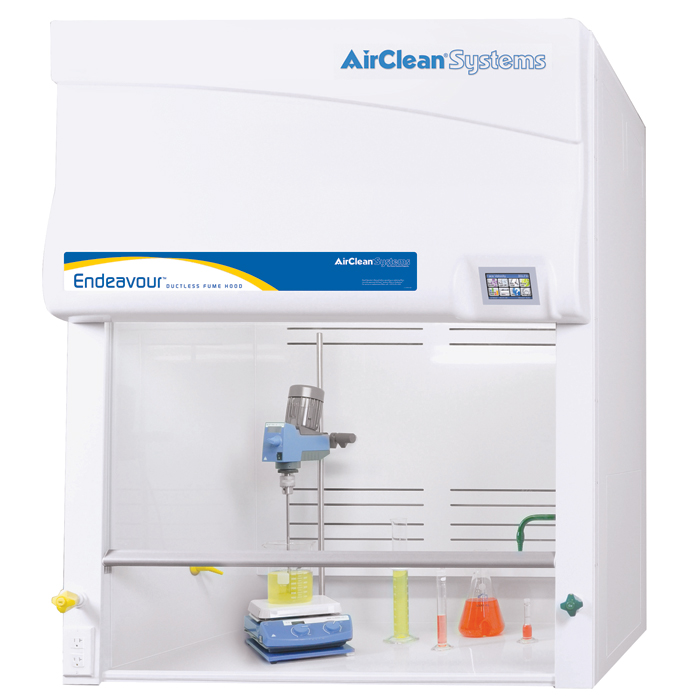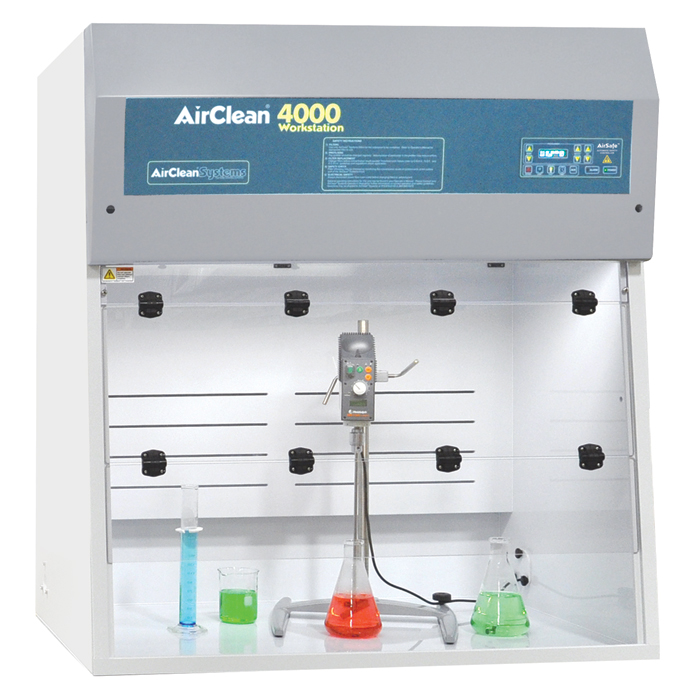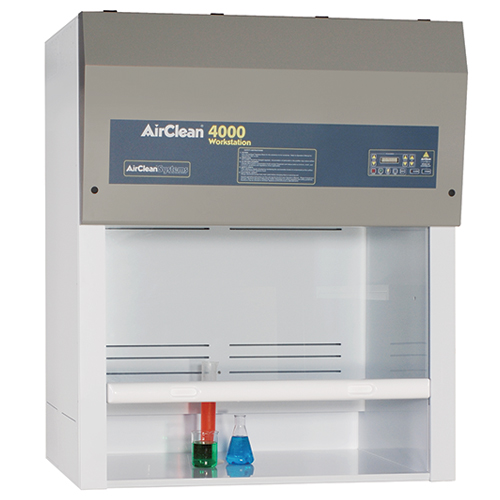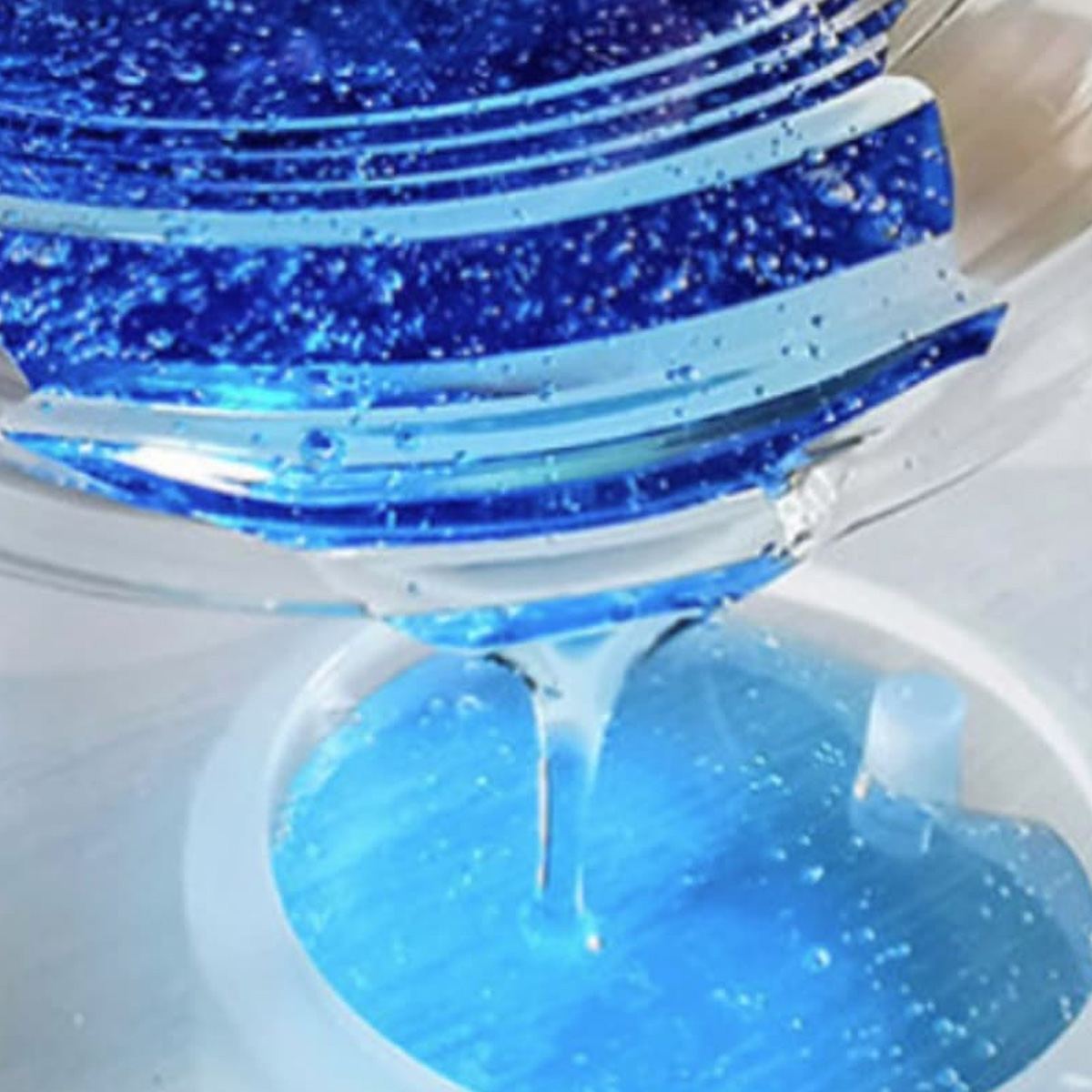
Epoxy Resin Safety
What are epoxy resins?
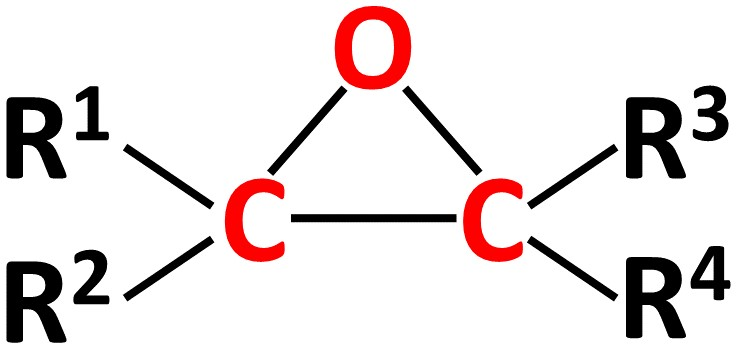 Figure 1. Schematic of an oxirane ring/epoxide
Figure 1. Schematic of an oxirane ring/epoxide
Epoxy resins, also referred to as epoxies, were invented in the mid 1930’s by Dr. Pierre Castan of Switzerland and Dr. Slyvan Greenlee of the United States. Epoxy was originally used for dental fixtures, but today epoxy resins are used to manufacture a wide variety of products from airplanes, boats, and wind turbines to adhesives, paints, countertops and flooring. The term epoxy resin refers to polymerizable materials containing an oxirane ring or epoxide (Figure 1) and can apply to the uncured resin or the finished product. During manufacturing, epoxy is mixed with a variety of other chemicals called hardeners. Additionally, fillers can be added to epoxy resin to change the viscosity, color, weight, strength etc. of the final product. Filler containing epoxy products are called composites. The epoxy-hardener-filler mixture can then be poured into molds. To promote even flow into the mold, especially detailed molds, some mixtures may be heated to decrease the resin viscosity. The mixture is then left to cure, a process in which the oxirane ring in the epoxy reacts with the hardener to create “cross-linked†polymer chains. Once cured, the epoxy resin is removed from the mold and may be further processed. Cured epoxy resins are hard, inert, abrasion and chemical resistant, and contain strong electrical and insulation properties.
Epoxy resin safety
The reaction between hardener and epoxy is typically exothermic, which can release potentially harmful vapors during the curing process. When large batches of epoxy are cured or epoxy is cured in an area with poor ventilation, these harmful vapors can accumulate and impact operator health. While the specific hazards associated with epoxy vapors will depend upon the epoxy mixture used, many components of epoxy resins (and their vapors) are considered irritants of the eyes, skin, and respiratory tract. In some cases, exposure to epoxy vapors can result in chemical burns or permanent organ damage. Many composite materials contain mineral, glass, or metal fillers. During the mixing, pouring, or finishing process (e.g. sanding), small particles associated with these fillers can be aerosolized and subsequently inhaled resulting in respiratory tract irritation.
Given the many hazards associated with epoxy resin curing, the Occupational Safety and Health Administration (OSHA) recommends that enclosures (e.g. ductless hoods) or local exhaust ventilation be used as primary engineering controls to protect operators from respiratory and dermal exposure to hazardous chemicals during epoxy composite manufacturing. Hoods should be provided to operators in resin mixing areas, heated curing areas including autoclaves, and finishing and repair areas to prevent exposure to hazardous chemicals throughout the manufacturing process. A ductless fume hood with a horizontal laminar flow can help protect operators and reduce occupational exposure to harmful epoxy-derived fumes. The ductless hood pulls air from near the operator and across the workspace. The contaminated air from the workspace is then directed up and toward the back of the hood, where it can be filtered prior to being exhausted into the room. For epoxy applications, ductless fume hoods may need to be fitted with both a carbon filter to capture any hazardous fumes as well as a high-efficiency particulate air (HEPA) filter to capture dust created from fillers or finishing processes. A ducted fume hood can also be used for epoxy resin applications, but may require ductwork installation and limit workspace setup configurations.
Vapor management is essential to prevent operator exposure to hazardous chemicals while working with epoxy resins. Ductless or ducted fume hoods fitted with the appropriate chemical and/or HEPA filters can provide a vapor containment solution to protect the health of the operator and provide a safer work environment during the manufacturing process.
